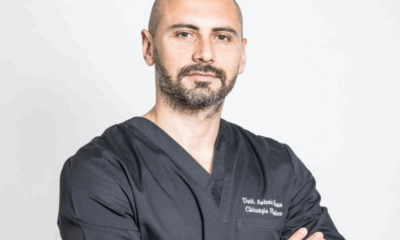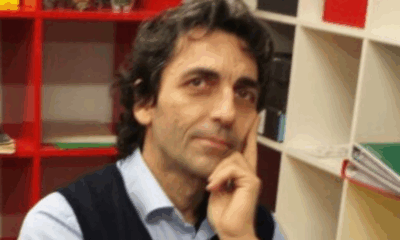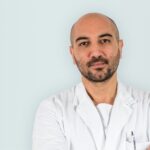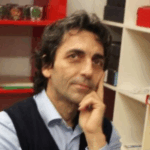Medical doctors and Surgeons
Recognising skin cancers: from basal cell carcinomas to melanomas
Skin cancers are tumours that originate from different cells which make up the skin. Depending on the type of cell they develop from, these tumours can vary significantly in terms of aggressiveness. From less deadly basal cell carcinomas and squamous cell carcinomas, up to melanomas and the rare Merkel cell carcinoma.
Genetic predisposition plays a big role in the occurrence of skin cancers, impacting specific alterations that may lead to developing skin tumours. However, genetics alone aren’t the only factor at play. Among the reasons for predisposition there is prolonged exposure to the sun. UV rays may cause the mutation of skin cells, leading to the proliferation of altered cellular clones which can evolve into malignant tumours.
Dr. Tiziano Pallara, plastic surgeon in Rome, who also works in Calabria, Puglia and in Hospital Physiotherapy Institutes, specifically the Dermatological Institute of San Gallicano, explains how to increase awareness on the subject: «Today, patients arrive at the visit already informed about the damage the sun may inflict on our skin. These types of tumours usually occur among the elderly, those who work outside, any person that spends a long time outside in the sun without using adequate protection».
Soft tissue tumours and reconstruction ‘like with like’
The skin is the body’s largest organ and acts as a protective barrier against external elements. Composed by different layers, each with a specific function and distinctive traits. The most outward layer is called the “epidermis”, then there is the “dermis” and finally the “hypodermis” separating skin tissue from muscle and bone.
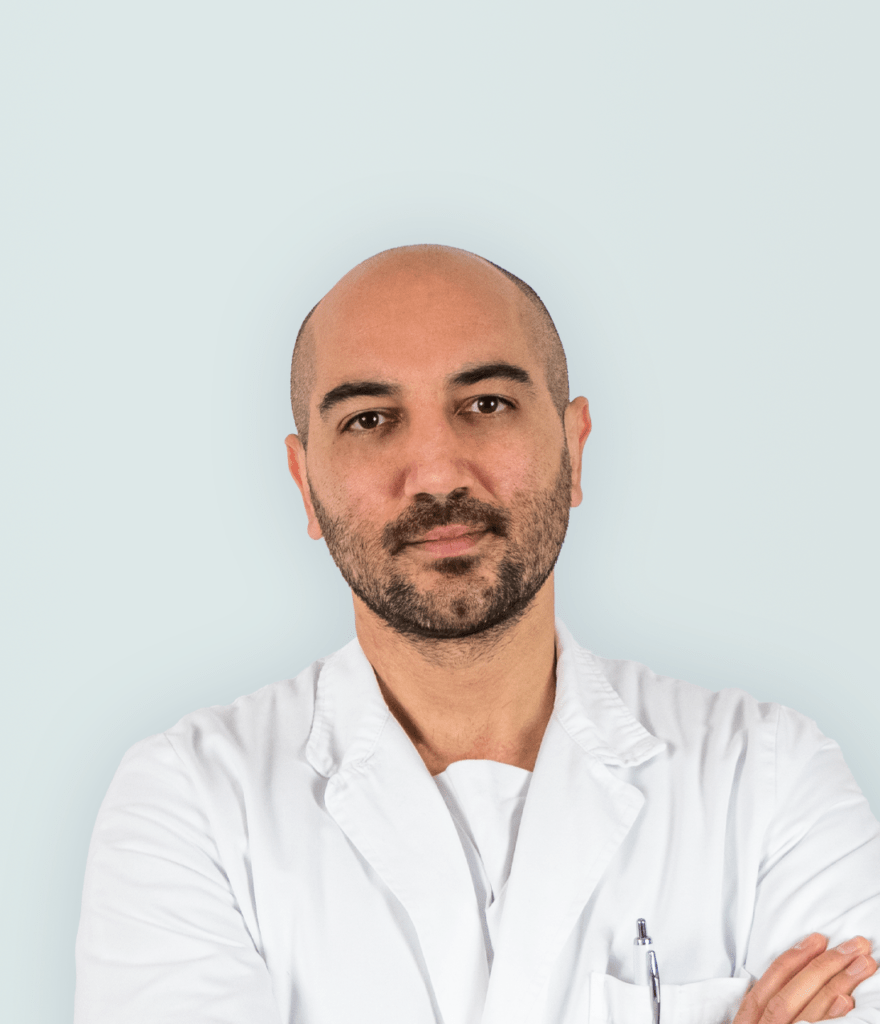
«Soft tissue tumours stem from cells that make up connective tissue beneath the skin. They are slightly rarer compared to skin cancers and can determine the occurrence of other tumours. They often get diagnosed in a more advanced stage, nevertheless in most cases they are treatable through surgery – describes Dr. Pallara -. When possible, a surgical procedure allows for the complete removal of the lesion and a contextual reconstruction. If performed by experts, it’s possible to achieve a full reconstruction of the operated part. This allows for a “like with like” reconstruction, which is done with a similar tissue to the one removed».
The Doctor underlines the chance to resort to adjuvant therapies such as radiotherapy and chemotherapy. Moreover, it’s just as crucial to conduct a correct follow-up post-surgery as these tumours tend to recur.
Precociously intervening on skin cancers
Skin tumours, if not treated swiftly, have the capacity to invade surrounding tissues. This requires a surgical approach that is more invasive and necessitates a reconstruction which isn’t always possible. Removing a lesion to the skin leads to an alteration of the patient’s physical appearance, but also of their functions. We needn’t look further than lip, nose and ear tumours, which can dramatically change the face’s features, requiring further reconstructive surgeries.
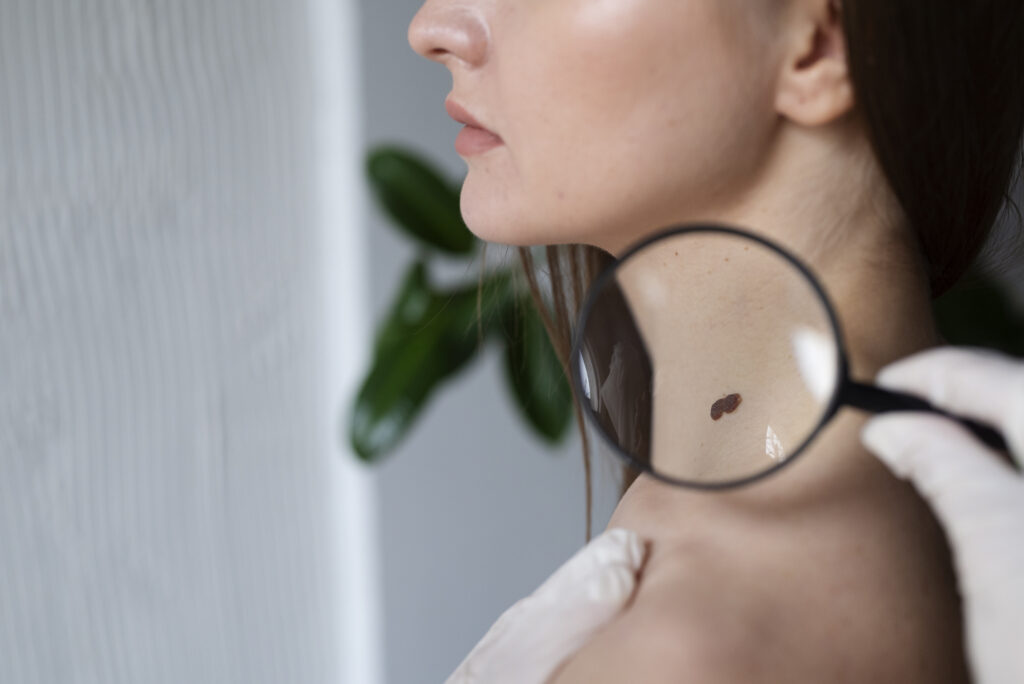
The different types of treatments have undergone extensive evolutions. When the lesion is in an advanced stage, it’s possible to adopt alternative cures such as immunotherapy, which is a selective therapy impacting malignant cells.
«When it comes to skin cancers, most times, it’s possible to resolve the issue through a surgical procedure. The secret is to act when the lesion is still as small as possible. Quickly intervening helps avoid unnecessary invasive surgeries», concludes Dr. Pallara.




